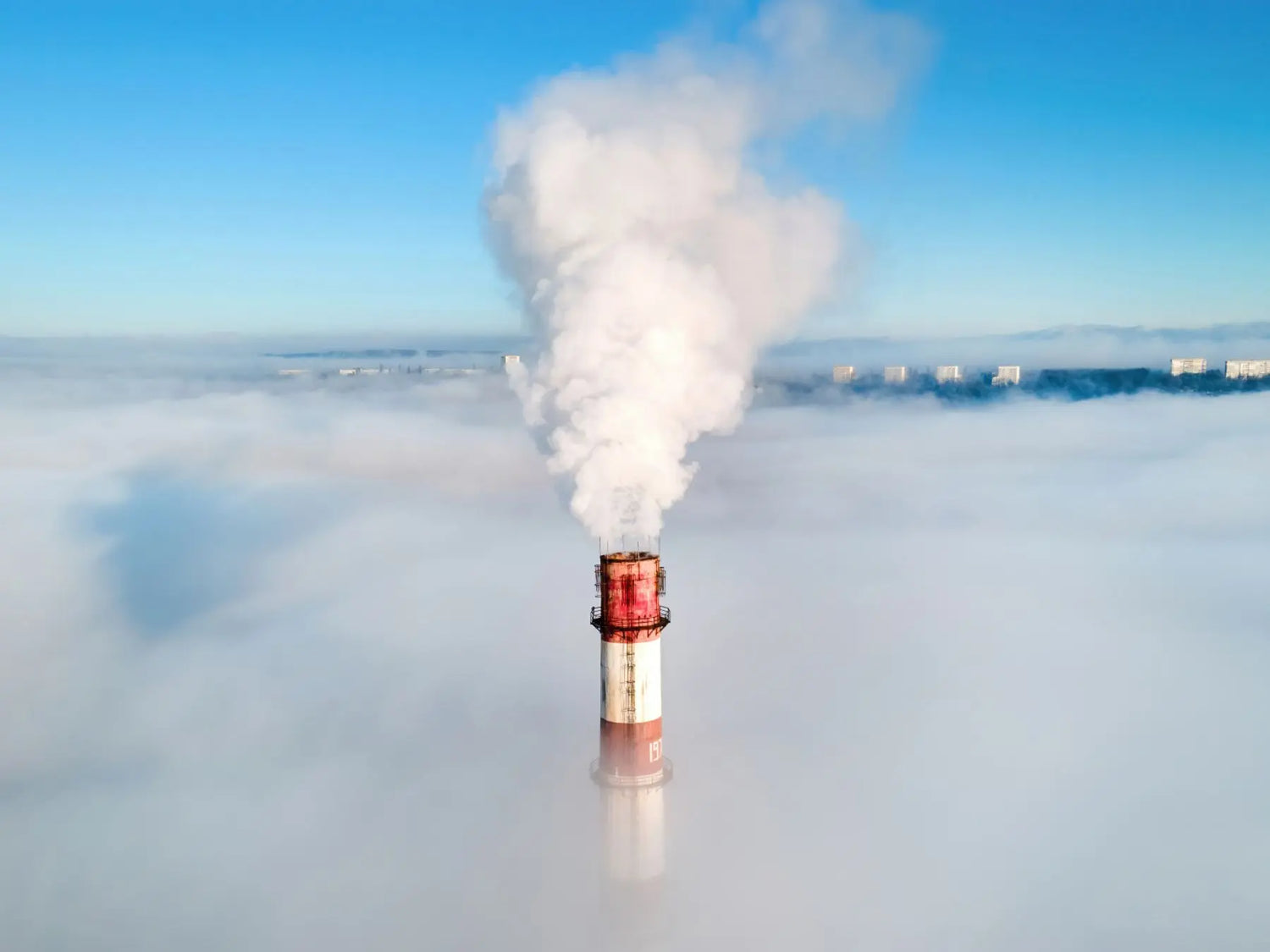As global temperatures continue to rise, we face a growing threat that is often overlooked - ozone peaks. Ozone, in its oxidized form, can be harmful to human health, particularly when its concentrations in the lower atmosphere exceed average levels. Understanding the causes, impacts, and measures to combat these ozone peaks is crucial in protecting our health and the environment.
The Science Behind Ozone Peaks
Ozone is a chemically reactive compound formed when oxygen reacts with itself under certain conditions. Although oxygen is essential for our survival, its oxidized form, ozone, is a significant health hazard. It reacts aggressively with living cells, including ours, causing potential harm, especially to the respiratory system. Therefore, monitoring ozone levels is imperative for public health and safety.
The Formation of an Ozone Peak
An ozone peak occurs when three specific conditions coincide: high automobile traffic, strong sunshine with temperatures of at least 25℃, and weak atmospheric circulation. Automobile traffic contributes to about 60% of nitrogen oxide emissions, a primary pollutant involved in ozone formation. The absence of wind leads to increased atmospheric pressure, creating a stagnant air layer where the ozone accumulates.
The Human Impact of Ozone Peaks
Breathing air with high ozone concentrations can cause shortness of breath, increased susceptibility to respiratory infections, and inflammation of the lungs and respiratory tract. For individuals with asthma, especially children, the effects can be severe, leading to an increased number of seizures and hospitalizations.
The Risks of Ozone Exposure
Apart from respiratory issues, ozone peaks can also increase the number of cardiovascular strokes. An epidemiological study in Phoenix, USA, estimated a 13% increase in asthma risk among children aged 5 to 13 years for a daily PM10 level of 36 μg/m³. This level is not high and falls below warning thresholds, indicating the seriousness of the situation.
The Most Vulnerable Groups
People with asthma, children, older adults, and outdoor workers are most at risk from breathing air containing ozone. Additionally, people with certain genetic characteristics and reduced intake of specific nutrients, such as vitamins C and E, are at greater risk from ozone exposure.
How to Respond to an Ozone Peak
During an ozone peak, it is advisable to stay indoors as much as possible since ozone concentration is twice as low indoors. Limit outdoor activities from noon to 9 PM and ventilate your home in the morning. Consider using public transport and limit the use of your car. Stay informed about pollution peaks during the summer through mobile applications like Plume Labs and Air Visual.
The Role of Air Ionizers in Reducing Ozone
Air ionizers, which produce negative ions to push ultrafine particles back to the ground, can play a crucial role in purifying air. However, many ionizers emit ozone, which can be harmful. Therefore, it's crucial to choose an ionizer that doesn't emit ozone to ensure your safety. For instance, the TEQOYA range of air ionizers does not emit ozone, providing a safe and effective solution for air purification.
The Future of Ozone Levels
As climate change continues, the frequency and severity of ozone peaks are predicted to increase. This increase in ozone concentrations could lead to more health issues, particularly in Central and Southern Europe. Therefore, it's important to consider the implications of climate change on ozone levels and take necessary mitigation measures.
Policy Responses and Targets
Under the 2008 Ambient Air Quality Directive, European Member States are responsible for monitoring and reporting ground-level ozone data to the European Environment Agency. The Directive sets a target value and a long-term objective value for ozone for the protection of human health. However, achieving these targets will require ambitious mitigation measures, including substantial reductions in NOx and VOC emissions.










